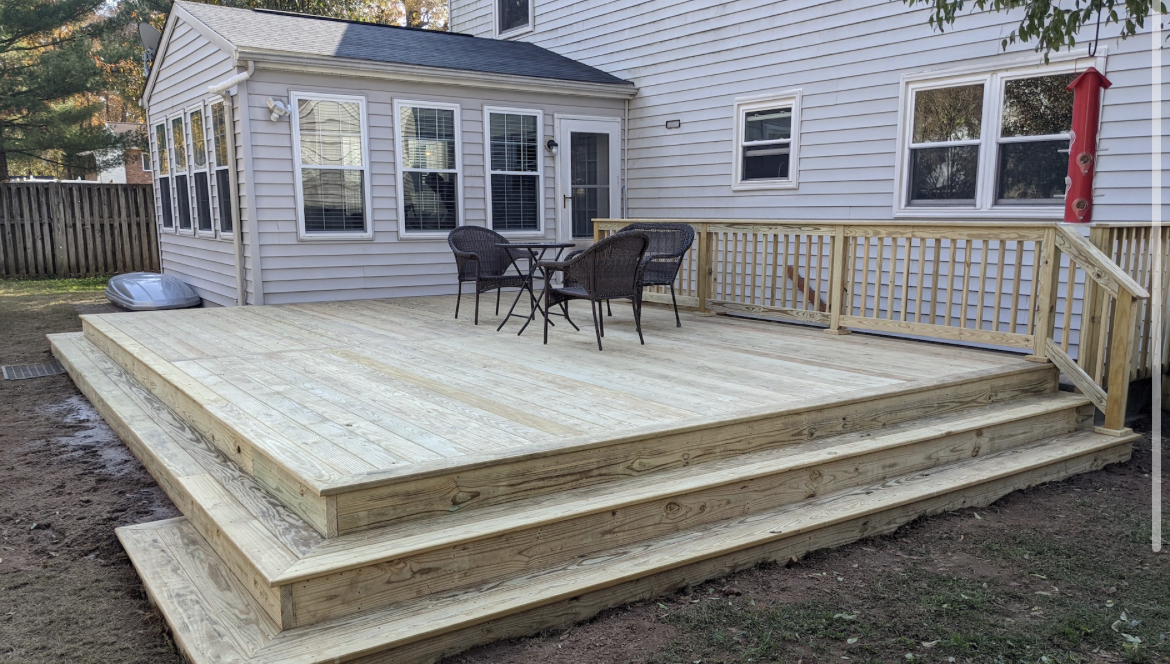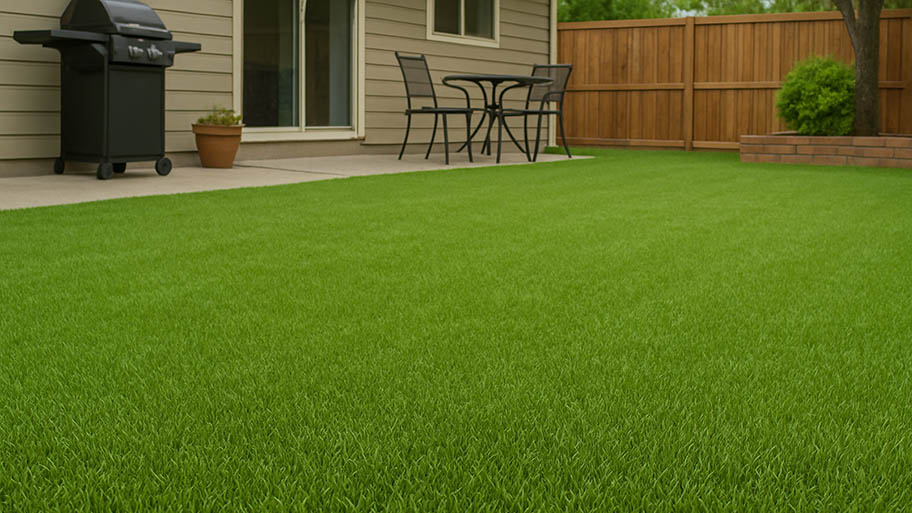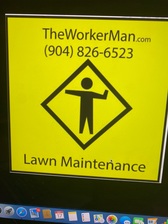
Get matched with top lawn care providers in Tunbridge, VT
Enter your ZIP and get matched with up to 5 pros
Need a pro for your lawn service project in Tunbridge, VT?
TRUSTED BY TUNBRIDGE, VT HOMEOWNERS
4.5
Average homeowner rating24
Verified lawn services reviews
Verified Reviews for Lawn Service pros in Tunbridge, VT
*The Angi rating for Lawn Service companies in Tunbridge, VT is a rating based on verified reviews from our community of homeowners who have used these pros to meet their Lawn Service needs.
*The HomeAdvisor rating for Lawn Service companies in Tunbridge, VT is a rating based on verified reviews from our community of homeowners who have used these pros to meet their Lawn Service needs.
Last update on December 07, 2025
Find Lawn care providers in Tunbridge

Enlightened Exteriors
Enlightened Exteriors
At Enlightened Exteriors, we specialize in transforming homes into stunning winter wonderlands with our professional exterior Christmas light installation services. Our team is dedicated to creating a festive atmosphere that brings joy and cheer to your holiday season. We offer a range of customizable lighting options, from classic white lights to vibrant, colorful displays, ensuring your vision comes to life. With meticulous attention to detail and a commitment to safety, we handle everything from design and installation to takedown and storage, making the entire process seamless and hassle-free for you. Let us illuminate your holidays and create a magical ambiance that will leave a lasting impression. Contact us today to schedule a consultation and make your home the highlight of the neighborhood this Christmas!
At Enlightened Exteriors, we specialize in transforming homes into stunning winter wonderlands with our professional exterior Christmas light installation services. Our team is dedicated to creating a festive atmosphere that brings joy and cheer to your holiday season. We offer a range of customizable lighting options, from classic white lights to vibrant, colorful displays, ensuring your vision comes to life. With meticulous attention to detail and a commitment to safety, we handle everything from design and installation to takedown and storage, making the entire process seamless and hassle-free for you. Let us illuminate your holidays and create a magical ambiance that will leave a lasting impression. Contact us today to schedule a consultation and make your home the highlight of the neighborhood this Christmas!
Hoffmann Landscaping
Hoffmann Landscaping
Hoffmann Landscaping is a Landscaping /Hardscaping company, we provide quality Garden maintenance and installation, Patio, driveway, and retaining wall installations, and tree removal and maintenance services. We have a large staff allowing us to get to your project within a week or 2 of your reaching out to us, and we provide extremely high levels of communication and customer service. We have a full time experienced crew of hard working individuals looking to better their lives and their community. most of our employees have upwards of 15 years of experience in this trade.
Hoffmann Landscaping is a Landscaping /Hardscaping company, we provide quality Garden maintenance and installation, Patio, driveway, and retaining wall installations, and tree removal and maintenance services. We have a large staff allowing us to get to your project within a week or 2 of your reaching out to us, and we provide extremely high levels of communication and customer service. We have a full time experienced crew of hard working individuals looking to better their lives and their community. most of our employees have upwards of 15 years of experience in this trade.
Stithens Outdoor Services
Stithens Outdoor Services
We offer mowing, weed eating, raking, leaf blowing. removing and installing plants for gardens. We also offer our fall cleanup service whether it be raking or blowing. We are hard working individuals who offer nothing but the best service year round. We'll will do what it takes to exceed your expectations and satisfaction.
We offer mowing, weed eating, raking, leaf blowing. removing and installing plants for gardens. We also offer our fall cleanup service whether it be raking or blowing. We are hard working individuals who offer nothing but the best service year round. We'll will do what it takes to exceed your expectations and satisfaction.

Jones Home Maintenance LLC
Jones Home Maintenance LLC
Jones Home Maintenance does all your house needs Painting, Remodeling, Flooring, Landscapes, and so much more, we like to take pride in our work and our number one rule is to never leave a customer unhappy all of the workers have at least 6 years of experience and very well trained, we are fast however give top quality work.
Jones Home Maintenance does all your house needs Painting, Remodeling, Flooring, Landscapes, and so much more, we like to take pride in our work and our number one rule is to never leave a customer unhappy all of the workers have at least 6 years of experience and very well trained, we are fast however give top quality work.
KLC Lawn & Garden
KLC Lawn & Garden
Yard & garden cleanup. We offer mulching, planting, lawn care (mowing) also garden design and installation. Patio areas. Raised beds anything you think you need give us a call
Yard & garden cleanup. We offer mulching, planting, lawn care (mowing) also garden design and installation. Patio areas. Raised beds anything you think you need give us a call
craig fioravanti painting and landscaping
craig fioravanti painting and landscaping
Painting interior and exterior, landscaping, mowing, power washing, chimney sweeping, and many other things we can do just ask. We been doing this for 20 plus years. where good at what we do
Painting interior and exterior, landscaping, mowing, power washing, chimney sweeping, and many other things we can do just ask. We been doing this for 20 plus years. where good at what we do
County Lawn Care
County Lawn Care
A family run business focusing on customers wants and needs. Payment options are flexible (cash or check). Commercial and/or residential.
A family run business focusing on customers wants and needs. Payment options are flexible (cash or check). Commercial and/or residential.
M&G Property Preservation
M&G Property Preservation
M&G Property Preservation provides property maintenance and landscaping to residential and commercial clients.
M&G Property Preservation provides property maintenance and landscaping to residential and commercial clients.

Strafford Window Manufacturing, Inc.
Strafford Window Manufacturing, Inc.
We do not manufacture windows or doors for homes nor do we use Insulated glass. Strafford Window Mfg. manufacturers custom wood windows for barns, sheds, stables, pool houses, cabin, porches and interior applications in the home. Our windows are made of all wood and single strength glass. Call for pricing on Tempered glass. Strafford Window MFG. manufactures Sashes, Transoms, Single Hung Window Units, Hopper Window Units, Fixed Window Units and Screens.
"These windows are solid, well built and look great. I will be ordering more for my house."
Don P on September 2020
We do not manufacture windows or doors for homes nor do we use Insulated glass. Strafford Window Mfg. manufacturers custom wood windows for barns, sheds, stables, pool houses, cabin, porches and interior applications in the home. Our windows are made of all wood and single strength glass. Call for pricing on Tempered glass. Strafford Window MFG. manufactures Sashes, Transoms, Single Hung Window Units, Hopper Window Units, Fixed Window Units and Screens.
"These windows are solid, well built and look great. I will be ordering more for my house."
Don P on September 2020
The Tunbridge, VT homeowners’ guide to lawn services
From average costs to expert advice, get all the answers you need to get your job done.

Removing an old lawn is often necessary to plant new grass or build a new outdoor structure. Find out what to budget for your lawn removal cost.

The cost to reseed a lawn can vary depending on the size of your yard and the condition of the soil. We’ll help you figure out the true cost of reseeding or overseeding your lawn, along with whether or not you should hire a professional.

Artificial grass is a low-maintenance alternative to traditional turf. Learn how much artificial grass installation costs and what affects your price.

What is Bermuda grass? This resilient grass can take your lawn from drab to fab. Consider our planting and caretaking tips to ensure your emerald sod thrives.

Pine straw is affordable and eco-friendly, but how does it compare to other types of mulch? Find out the key differences between pine straw vs. mulch.

Does sugar help your lawn? In some cases, yes. Keep reading to learn how you can use this sweet treat to kill weeds and keep the grass green.
- Chelsea, VT Lawn care providers
- Strafford, VT Lawn care providers
- Vershire, VT Lawn care providers
- Washington, VT Lawn care providers
- Braintree, VT Lawn care providers
- Randolph, VT Lawn care providers
- Royalton, VT Lawn care providers
- Sharon, VT Lawn care providers
- Brookfield, VT Lawn care providers
- Bethel, VT Lawn care providers
- Corinth, VT Lawn care providers
- Pomfrett, VT Lawn care providers
- Williamstown, VT Lawn care providers
- Thetford, VT Lawn care providers
- Barnard, VT Lawn care providers
- Fairlee, VT Lawn care providers
- Norwich, VT Lawn care providers
- Topsham, VT Lawn care providers
- Graniteville, VT Lawn care providers
- Roxbury, VT Lawn care providers
- Hanover, NH Lawn care providers
- Bradford, VT Lawn care providers
- Orange, VT Lawn care providers
- Rochester, VT Lawn care providers
- Quechee, VT Lawn care providers
- Lyme, NH Lawn care providers
- Wilder, VT Lawn care providers
- Stockbridge, VT Lawn care providers
- Northfield, VT Lawn care providers
- Hartford, VT Lawn care providers
- 🌱 "Mow a small front yard"
- 🛠 "Fix a leaking pipe under the sink"
- 🏠 "Repair shingles on an asphalt roof"




